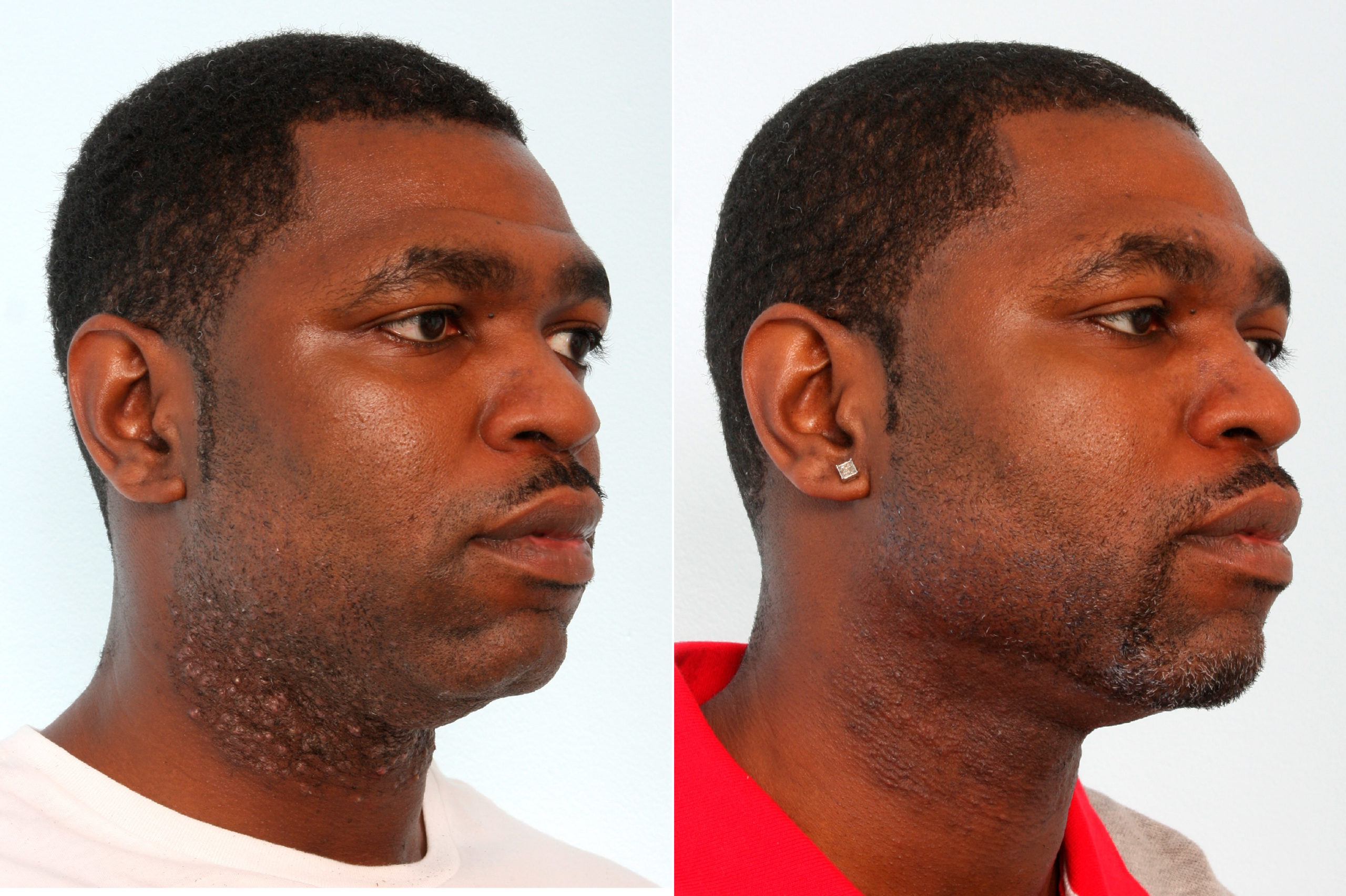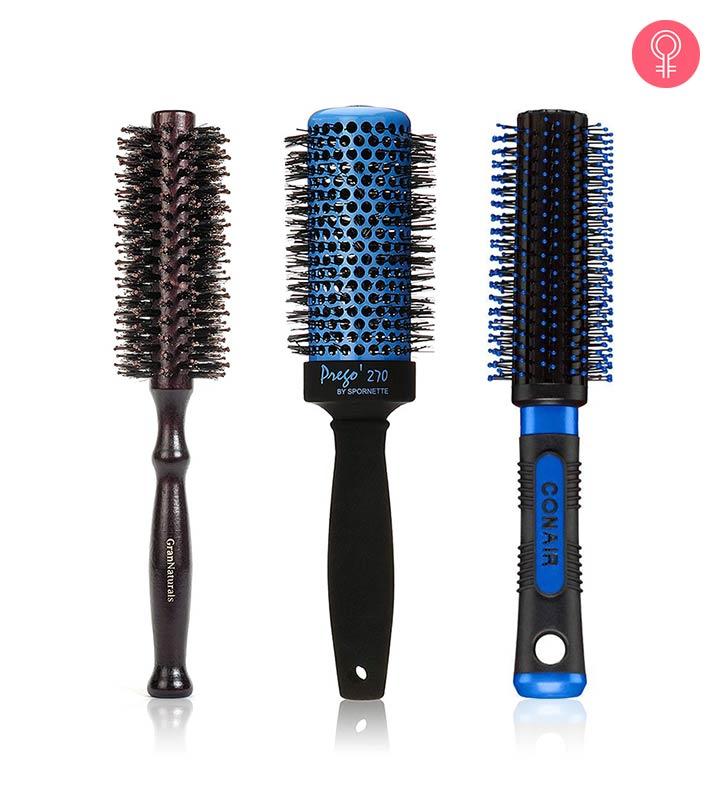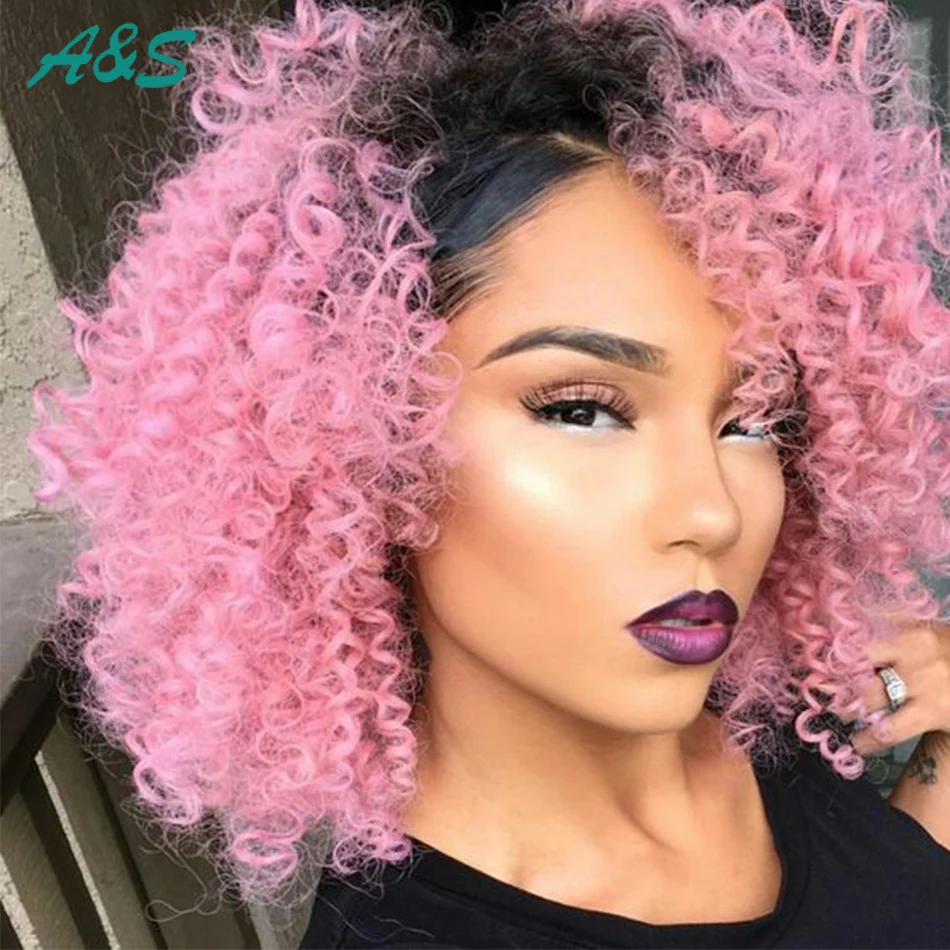Table Of Content

Zimmerman is also an active volunteer with Palm Beach County’s Project Access Program where she provides free medical evaluations and develops and manages treatment plans for those in need. No, laser hair removal generally does not require any real downtime. Immediately after having laser hair removal, your treated skin will be red and swollen. Despite this, most people return to their everyday activities. Laser hair removal works best for patients with light-colored skin and dark-colored hair.
Best Overall: Braun Silk-Expert Pro 5 IPL
That's because the laser targets the hairs' roots, which are temporarily removed by waxing or plucking. Each pulse of the laser takes a fraction of a second and can treat many hairs at the same time. The laser can treat an area approximately the size of a quarter every second. Small areas such as the upper lip can be treated in less than a minute, and large areas, such as the back or legs, may take up to an hour. This study included all patients who underwent LHR at our center between November 2018 and November 2020.
RoseSkinCo OG IPL Hair Removal Handset
The entire treatment session usually takes less than an hour, but it may be longer for a patient who wants to treat larger areas. There might be some redness and swelling, but they usually subside after a few hours or days. "Lasers and IPL are both very powerful technologies that can be dangerous when used incorrectly, but for the most part these devices are safe," says Tavernise. At-home devices are made with significantly less power and the light is less concentrated than you will find in a professional setting.
Healthline’s picks for the best at-home laser hair removal products
Once you’re good to go, we schedule your treatment session and provide you with a list of instructions to prepare for it. Laser hair removal is an effective way to get rid of the pesky, unwanted hair that grows in different parts of your face and body. It works by sending a specific wavelength of a laser beam to the treatment area.
During the procedure, the pigment in your hair will absorb a light beam from a laser. The light will be converted to heat and damage that hair follicle. Your physician will give you specific instructions for taking care of your skin after laser treatments.
Best Value Laser Hair Removal Device
It has a 180-degree rotating head (for better precision), a skin-cooling feature (for added comfort) and useful attachments like an LED option that also helps reduce visible signs of aging. Unlike the other options on this list, JOVS’ model uses optimum pulsed light (OPT) technology, which is a more enhanced version of IPL that may provide more effective results. Don’t use at-home laser-hair removal on sunburnt skin, or if you’ve recently tanned. Also, avoid these devices if the desired treatment area has an active breakout, infection, or rash. Many at-home laser-hair removal devices are safe to use around the bikini area. Even then, remember you’ll need at least 4–6 initial laser treatments and occasional maintenance sessions.
When to seek medical attention after laser hair removal
Then, they will determine the best course of treatment and provide you with a cost for treatment. Expect to be a bit patient — it may take up to 2 to 3 weeks for you to see a noticeable difference in hair growth, and it may take several sessions to see full results. Before the laser hair removal procedure begins, your face will be thoroughly cleaned and a numbing gel may be applied to the treatment area.
Targeted areas for treatment
When used correctly, there are usually minimal side effects to laser-hair removal treatments. However, sometimes you can experience blistering, scarring, scabbing, or other changes in skin. It’s not as safe when used on dark skin tones and not as effective on light, grey, or red hair.
Safety
To keep the area free of hair, a patient may need maintenance laser treatments. The laser treatment will take place in a room set up specifically for laser treatments. Everyone in the room must wear protective eyewear during the procedure. To perform the procedure, the skin is held taut and the skin is treated with the laser. Many patients say that the laser pulses feel like warm pinpricks or a rubber band being snapped against the skin. Some laser hair removal providers may offer financing or installment payment options.
Laser hair removal must be performed very carefully in these patients. Dermatologists know what precautions to take to provide laser hair removal safely and effectively. Laser hair removal is a procedure to remove unwanted hair using heat to damage the hair follicle. When done by a trusted technician, it can guarantee long-term results with minimum side effects. It works best on those with contrasting skin and hair colors, for example, light skin and dark hair. It's important to keep treated areas out of the sun and away from indoor tanning equipment.
These can range from minimal redness and swelling to more rare complications, like skin darkening or lightening, herpes simplex, blistering and scarring. It’s important to consider all of the pros and cons before making your first appointment. Do you get razor bumps or acne-like breakouts when you get rid of unwanted hair? The color and thickness of your hair, area treated, type of laser used, and color of your skin all affect the results. You can expect a 10% to 25% reduction in hair after the first treatment. Laser hair removal works by using concentrated light to affect hair follicles, which are small cavities in the skin from which hair grows.
"The max energy output of this device is higher than the old device and the brand claims it can yield 90% hair reduction in four weeks of use." However, it only has one treatment head, unlike many of its competitors. While laser-hair removal is traditionally done at a dermatologist’s office, you may still be able to mimic some of the benefits at home with a removal device.

Jessica Booth is a New York-based freelance writer who regularly writes about health, wellness, parenting, food, travel, beauty and more for a variety of publications. She currently writes for Forbes Health, Insider, The Daily Beast, Brides, Redbook, Woman's Day, Women's Health, Scary Mommy, Romper and Life Savvy. Her byline has also appeared on Refinery 29, Cosmopolitan, Delish, Greatist, The Inventory, and Bustle. She previously worked as the editor-in-chief of Gurl.com, part of Defy Media. To help you decide whether this treatment is right for you, you should review the following facts. You can search by location, condition, and procedure to find the dermatologist that’s right for you.
10 Best At-Home Laser Hair Removal Devices, Tested By Beauty Experts - Women's Health
10 Best At-Home Laser Hair Removal Devices, Tested By Beauty Experts.
Posted: Thu, 04 Apr 2024 07:00:00 GMT [source]
Laser hair removal may help address certain medical conditions. For example, acne keloidalis nuchae is inflammation of hair follicles on the scalp or neck that can lead to thick, raised scars called keloids. In certain cases, laser hair removal has been shown to help reduce the symptoms by destroying the hair follicles. Laser hair removal on the face is a noninvasive medical procedure that uses a beam of light (a laser) to remove hair from the face. For each treatment you'll wear special goggles to protect your eyes from the laser beam.
Free to everyone, these materials teach young people about common skin conditions, which can prevent misunderstanding and bullying. If you want to diminish a noticeable scar, know these 10 things before having laser treatment. Both the CDC and the FDA warn against treating this common childhood condition on your own with non-prescription treatments.
If symptoms persist, you should contact your medical specialist. Laser hair removal is typically a safe procedure with few side effects. It can be done on other parts of the body too, like the armpits, legs, or bikini area, but on the face it’s used primarily around the mouth, chin, or cheeks.












